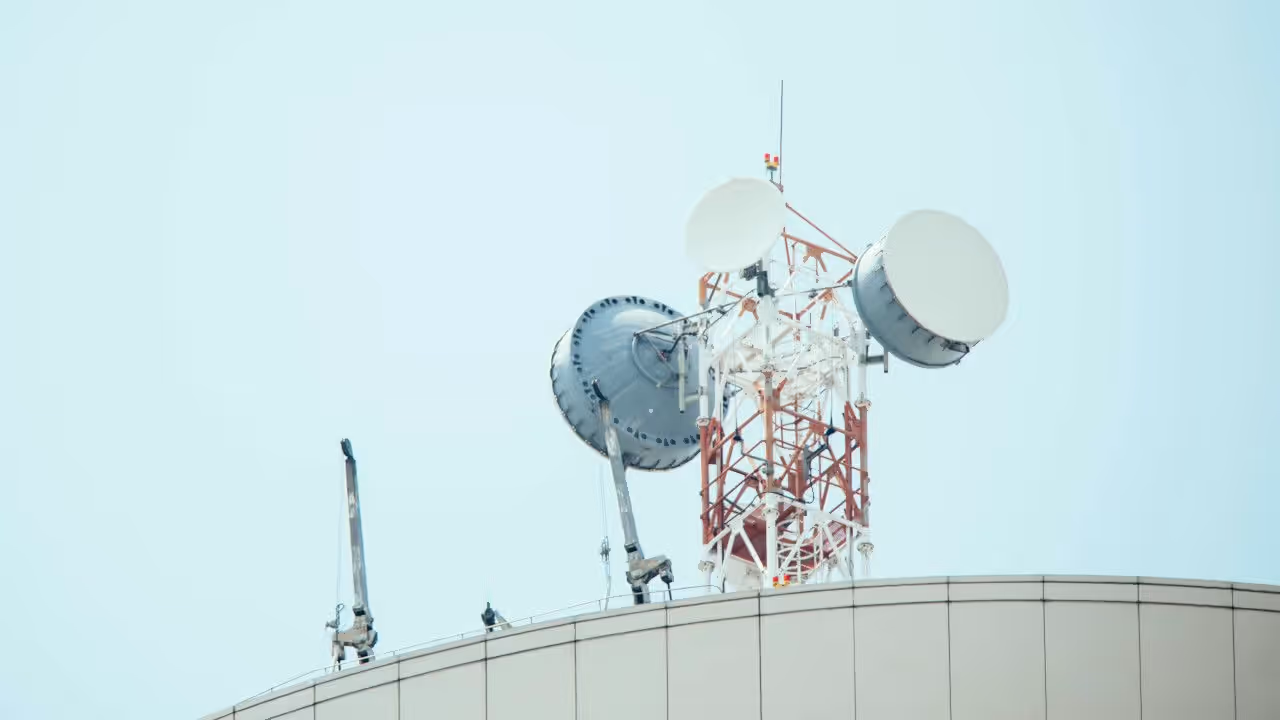
The GSMA Warns Governments, Regulators to Consider 5G Spectrum Allocation Carefully
The GSM Alliance (GSMA) has issued a report warning that the successful roll-out of 5G services is at risk if governments and regulators can't work hand-in-hand with the mobile industry to deliver access to the required radio spectrum.
"Operators urgently need more spectrum to deliver the endless array of services that 5G will enable - our 5G future depends heavily on the decisions governments are making in the next year as we head into WRC-19 [World Radiocommunication Conference 2019]," claims Brett Tarnutzer, head of spectrum at the GSMA. "Without strong government support to allocate sufficient spectrum to next generation mobile services, it will be impossible to achieve the global scale that will make 5G affordable and accessible for everyone. There is a real opportunity for innovation from 5G, but this hinges on governments focusing on making enough spectrum available, not maximising auction revenues for short term gains."
In its report, the GSMA Public Policy Position on 5G Spectrum, the GSMA outlines five key considerations that governments and regulators need to take into account when looking towards spectrum allocation, starting with the fact that 5G requires wider frequency bands to support higher speeds and traffic volumes - 80-100 MHz of spectrum per operator in the prime 5G bands and 1 GHz per operator in the millimetre wave bands above 24 GHz, it recommends.
Regulators are also advised that spectrum must be provided in three key frequency ranges: sub-1 GHz for mobile broadband and Internet of Things (IoT) coverage in urban, suburban, and rural areas; 1-6 GHz for 5G service coverage and capacity; and above 6 GHz for ultra-high-speed connectivity. Other recommendations include the provision of "a sufficient amount of harmonised 5G spectrum" in the 26 GHz, 40 GHz, and 66-71 GHz bands, that the temptation to inflate 5G spectrum pricing with high auction reserves should be resisted, and that regulators should look towards sharing approaches, such as leasing, rather than setting aside spectrum for verticals in key mobile spectrum bands.
"Governments and regulators have a major role to play in ensuring that consumers get the best outcome from 5G," Tarnutzer concludes. "Once spectrum is allocated to mobile at WRC, licensing that spectrum at a national level, as history has shown, can take up to 10 years. Therefore, it is essential that governments take the right action now."
The full report, in PDF format, is available on the GSMA website.